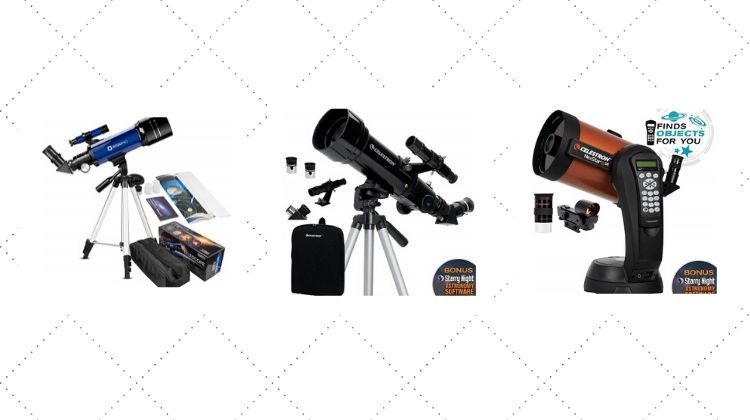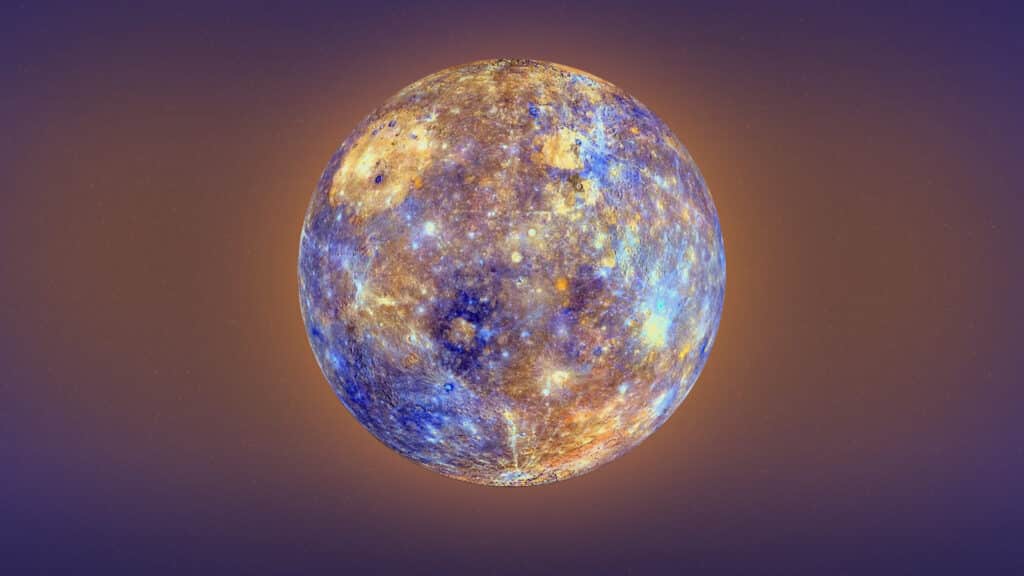

It is essentially the ratio of the telescope’s Focal Length to its Aperture. The Focal Ratio is therefore one of those things to consider. The higher the field of view, the more of the sky you will see. The Focal Ratio of a telescope dictates its field of view, or in other words, how much of the sky you can see at any one time. Recommended Telescope: Celestron NexStar 6 SE Telescope Focal Ratio They are usually more expensive, but powerful and often come with computerization to enable you to identify space objects quickly. Recommended Telescope: Meade Instruments Infinity 102 MM AZ RefractorĬassegrain Telescopes: combine elements from both technologies. They are more expensive per unit of Aperture but equally work well, if not better, for observing planets. Refractor Telescopes: utilize lenses so they tend to have higher resolutions. Recommended Telescope: Celestron 31045 AstroMaster 130 EQ Reflector Telescope This means they are a great way to observe planets because you will likely be able to get more Aperture for your money. Reflector Telescopes: utilize mirrors and are typically cheaper for higher Aperture. Typically, you will often see three different types: Reflector, Refractor and Cassegrains. When it comes to Telescopes, there are actually different types which you may have stumbled accross (or you will when you start to compare the models). Higher Aperture also will provide you with better resolution, so this is really something you want to focus on. (The more light a telescope can pick up the more you can see and the better the telescope is).

Remember, what enables us to see objects in the sky is Light.

If you double the Aperture, you are actually increasing the objects brightness 4x. To see details and clarity when observing the night sky, you need to ensure that you are purchasing a telescope with high Aperture. Instead, Aperture is what you are looking for in a Telescope. Moreover, Planets, as well as other deep sky objects (galaxies, nebulae, star clusters) are large and therefore do not require as much magnification as you would think.įor example, when I am observing the Double Cluster in Perseus, (which is one of the most distant objects I observe) I actually decrease the magnification with a 56mm eyepiece.Īs such, do not be concerned with Magnification is so much as you are concerned with Focal Length.


 0 kommentar(er)
0 kommentar(er)
